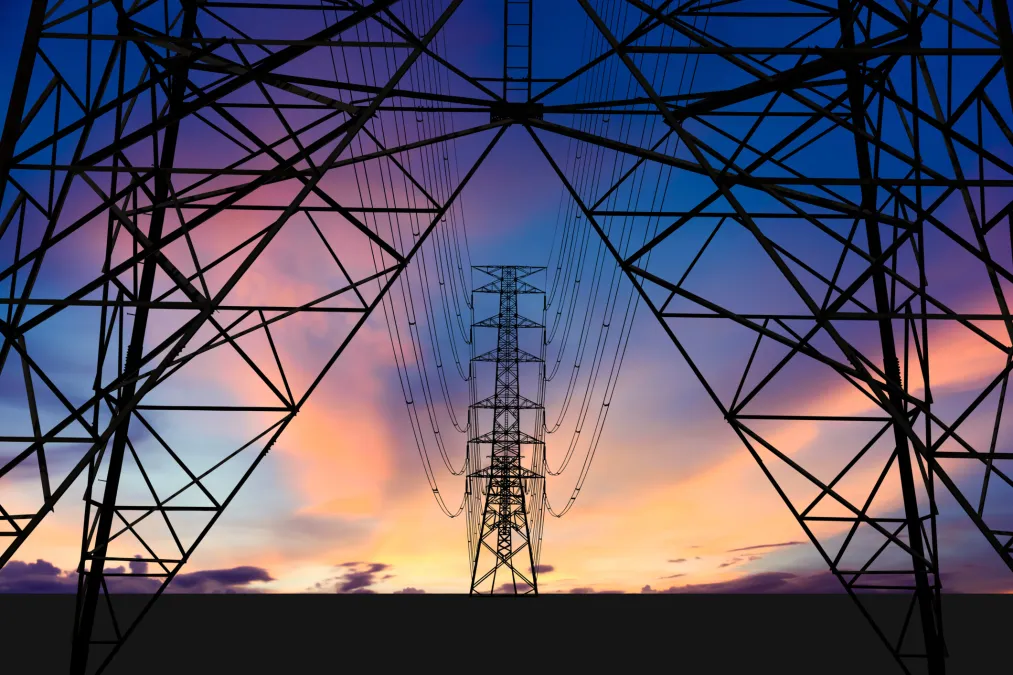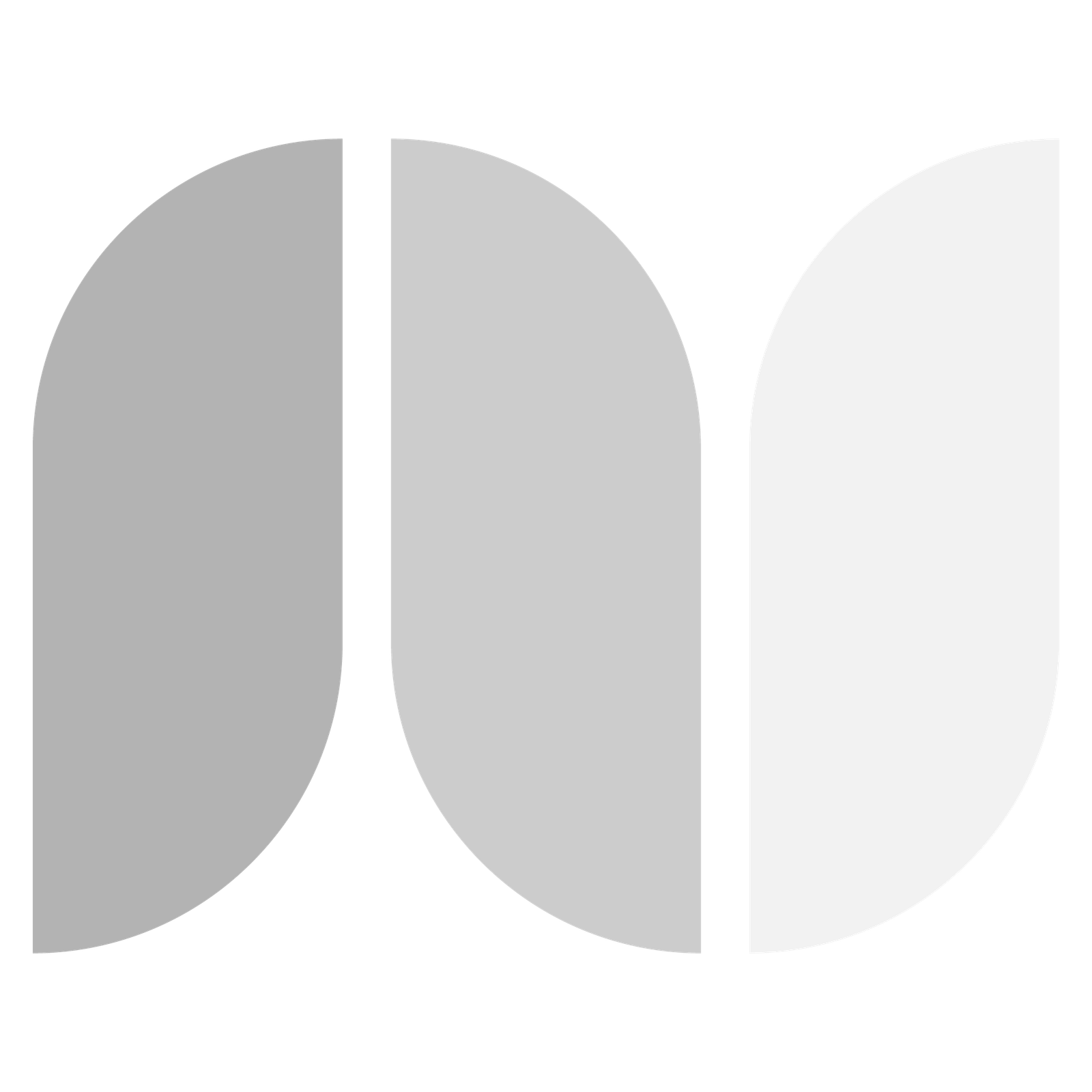
As Europe and Ireland accelerate renewable energy integration, one emerging challenge is gaining attention: cyber-physical security in modernized power grids.
1. Renewables Bring New Attack Surfaces
With thousands of Distributed Energy Resources (DERs) like rooftop solar, battery storage, and EV chargers connecting daily, grids are no longer centralized. While this decentralization boosts resilience, it also multiplies potential entry points for cyberattacks. Smart inverters and IoT devices can be exploited if security is not designed into the system from the start.
2. Lessons from Grid Protection Engineering
From reviewing over 1,500+ solar interconnection applications in the U.S. Midwest, one thing is clear—grid protection must evolve as renewable penetration rises. Traditional overcurrent and relay logic settings are no longer enough when variable resources can both inject and withdraw power unpredictably.
3. Cybersecurity at the Grid Edge
Research at Texas A&M University highlighted that DER hardware security is as critical as transmission-level defenses. Innovations like intrusion detection systems, relay firmware hardening, and secure inverter protocols are moving from research labs into utility deployment.
4. Ireland & Europe’s Next Frontier
While much focus is on capacity and storage, policy makers must also prioritize grid cybersecurity. With Ireland targeting 80% renewables by 2030, resilience means not only keeping the lights on during storms, but also during potential cyber events.
5. Building a Secure, Flexible Future
The intersection of protection engineering + renewable integration + cybersecurity is where the next breakthroughs will occur. By embedding cyber-physical resilience into distribution protection, Europe and Ireland can safeguard their clean energy future.
As we connect millions of devices to the grid, we must remember: every connection is both a resource and a responsibility.
Klaus Schwab, World Economic Forum
orem ipsum dolor sit amet, consectetur adipiscing elit. Ut elit tellus, luctus nec ullamcorper mattis, pulvinar dapibus leo.
Takeaway
The clean energy transition is not just about how much renewable capacity we install—it’s also about how secure and resilient our grids remain in an increasingly digital world.
